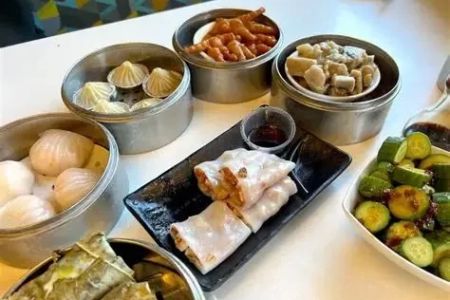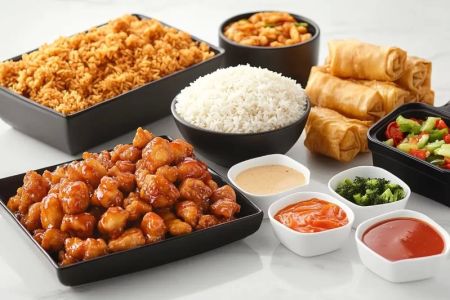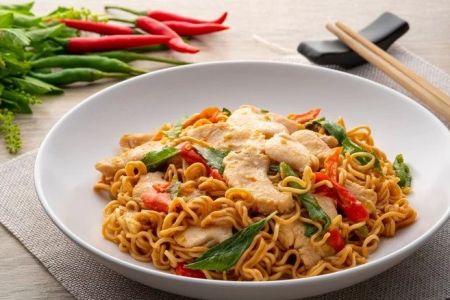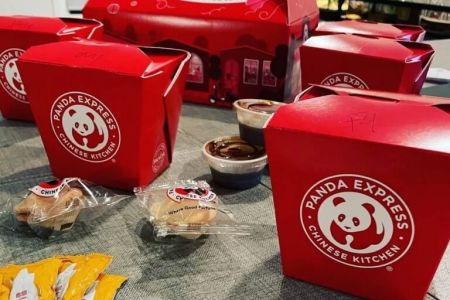- 1-Leveraging-Visual-Content-to-Showcase-Authentic-Chinese-Cuisine
- 2-Engaging-Customers-with-Interactive-Social-Media-Campaigns
- 3-Sharing-Stories-Behind-Chinese-Dishes-for-Cultural-Connection
- 4-Utilizing-User-Generated-Content-to-Build-Trust-and-Community
- 5-Collaborations-and-Influencer-Marketing-in-the-Chinese-Food-Industry
- 6-Promoting-Special-Offers-and-Seasonal-Menus-Effectively-on-Social-Media
1. Leveraging Visual Content to Showcase Authentic Chinese Cuisine
Visual storytelling plays a pivotal role in attracting and retaining social media followers. For Chinese restaurants, presenting beautifully styled photos and videos of signature dishes can capture attention instantly. High-quality images of dim sum, hand-pulled noodles, or sizzling stir-fries help convey the rich textures and vibrant flavors that define authentic Chinese food.
Short recipe videos or “behind-the-scenes” clips showing chefs preparing traditional dishes add an element of transparency and authenticity. This approach invites customers into the kitchen, fostering a sense of connection and trust. Restaurants that regularly share such content often experience higher engagement rates and increased customer curiosity.
1.1 Case Study: A local Chinese restaurant that boosted its Instagram followers by 40% through daily food photography posts and weekly cooking demonstrations, driving more reservations.
2. Engaging Customers with Interactive Social Media Campaigns
Social media platforms thrive on interaction. Chinese restaurants can capitalize on this by creating engaging campaigns such as polls asking followers to vote on their favorite dishes, contests encouraging customers to share their best dining photos, or quizzes about Chinese cuisine trivia.
These interactive elements not only boost visibility through shares and comments but also deepen customer engagement by making them active participants in the brand story. For example, a “Create Your Own Dim Sum Basket” contest can motivate users to share their customized baskets, promoting creativity and brand loyalty.
2.1 Practical Tip: Use Instagram Stories’ interactive stickers like polls, quizzes, and question boxes to invite real-time feedback and spark conversations.
3. Sharing Stories Behind Chinese Dishes for Cultural Connection
Food is deeply cultural, and Chinese cuisine has centuries of history and tradition behind each dish. Sharing these stories on social media helps differentiate your restaurant and builds emotional connections with your audience. Posts explaining the origins of Peking duck, the symbolism of mooncakes, or the regional diversity of Sichuan cuisine add rich context.
This storytelling approach educates followers and makes dining at your restaurant a more meaningful experience. Combining storytelling with mouth-watering images or videos creates content that resonates on a personal level.
3.1 Expert Insight: Food anthropologists note that narratives linked to cultural heritage increase customers’ perceived value and willingness to try new dishes.
4. Utilizing User-Generated Content to Build Trust and Community
User-generated content (UGC) such as customer photos, reviews, and testimonials serves as powerful social proof. Sharing UGC on your restaurant’s social media channels signals authenticity and fosters a sense of community among followers.
Encourage guests to tag your restaurant or use a branded hashtag when posting their dining experiences. Highlighting positive reviews or reposting customers’ food photos not only increases engagement but also builds trust among potential diners who value peer opinions.
4.1 Real Example: A Chinese restaurant increased bookings by 25% after launching a “Share Your Meal” campaign encouraging customers to post photos with a special hashtag featured weekly on the restaurant’s feed.
5. Collaborations and Influencer Marketing in the Chinese Food Industry
Partnering with local food bloggers, influencers, or complementary businesses can amplify your reach. Influencers who specialize in food or culture can introduce your Chinese restaurant to new audiences through authentic content and honest reviews.
Hosting influencer tasting events or co-creating menu items can generate buzz and position your restaurant as trendy and relevant. Careful selection of influencers aligned with your brand values ensures meaningful collaborations that drive customer traffic.
5.1 Insider Tip: Micro-influencers with niche followings often yield better engagement rates and more targeted audience growth than macro-influencers.
6. Promoting Special Offers and Seasonal Menus Effectively on Social Media
Social media is a perfect channel to announce promotions, discounts, or seasonal menu launches. Limited-time offers create urgency and encourage followers to visit or order.
Use eye-catching graphics, countdown timers, and clear calls to action in your posts. For example, promoting Lunar New Year specials or a spicy Sichuan menu for summer can entice followers to experience new flavors while boosting sales.
Consistency in promoting these offers and tying them to cultural celebrations helps maintain audience interest and highlights your restaurant’s dynamic offerings.
If you want to explore more creative Chinese restaurant social media ideas or find the best products and services to support your marketing efforts, visit Chinese Food for expert recommendations and tailored solutions.







